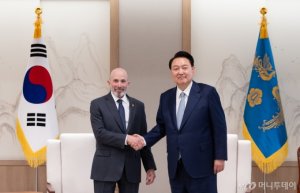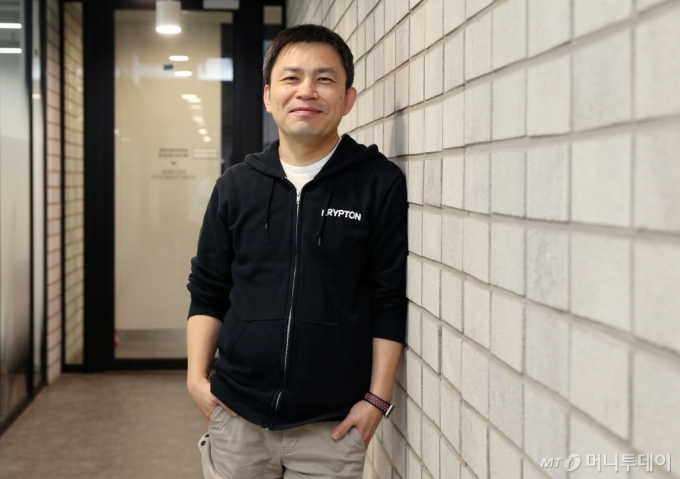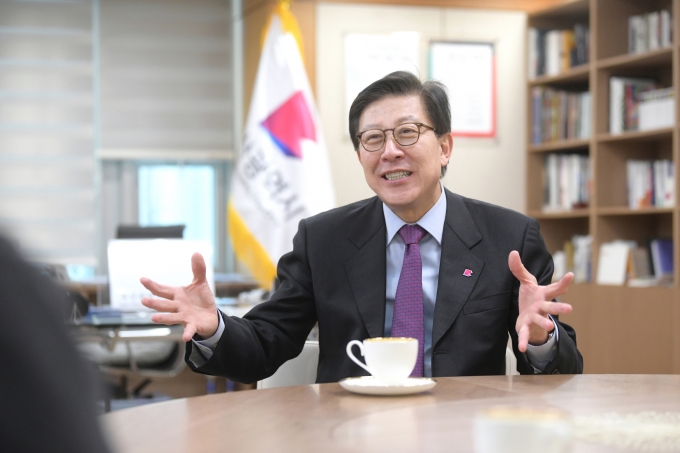한·미 양국이 자유무역협정(FTA)을 타결한 가운데 미 무역대표부(USTR)는 추가협상의 최대 현안이던 자동차 분야 협정 내용을 3일(현지시간) 공개했다.
아래는 USTR이 공개한 관련 협정 내용 전문.
INCREASING ACCESS TO KOREA’S AUTO MARKET TO EXPAND U.S. EXPORTS AND SUPPORT JOBS HERE AT HOME
◇Automotive Safety Standards: Safety standards have effectively operated as a non-tariff barrier to U.S. auto exports. The 2010 supplemental agreement announced today allows for 25,000 cars per U.S. automaker - or almost four times the number allowed in the 2007 agreement -- to be imported into Korea provided they meet U.S. federal safety standards, which are among the most stringent in the world.
◇Automotive Environmental Standards: To avoid unfair burdens on automakers while maintaining high standards for environmental protection, major trading nations provide reasonable flexibility on environmental standards for small-volume vehicle importers. Under the 2010 supplemental agreement, all U.S. autos will be considered compliant with new Korean environmental standards on fuel economy and greenhouse gas emissions, developed since the 2007 agreement, if they achieve 119 percent of the targets in these regulations. This provision helps American automakers sell their cars affordably in Korea without undermining Korea’s environmental objectives.
◇Taxes: In the 2007 agreement, Korea committed to reduce tax rates for American cars and to streamline current taxes based on engine size, which have tended to raise the cost of the typically larger size of American vehicles sold in Korea. Under the 2010 supplemental agreement, Korea has agreed to additional transparency in this area.
◇Transparency: The 2007 agreement prohibits Korea from adopting new automotive regulations that create unnecessary barriers to trade, and establishes an early warning system for potential trade barriers. The 2010 supplemental agreement makes two important additions for significant regulations: creating a 12-month period between the time a final regulation is issued and the time auto companies must comply with it, giving companies sufficient time to adjust; and requiring Korea to develop a new review system within 24 months of entry into force to make sure that existing auto regulations accomplish their objectives in the least burdensome manner possible.
LEVELING THE PLAYING FIELD BY GIVING U.S. AUTOMAKERS AND WORKERS THE OPPORTUNITY TO TAKE ADVANTAGE OF INCREASED ACCESS TO KOREA’S MARKET
◇Car Tariff Elimination: The 2007 agreement would have immediately eliminated U.S. tariffs on an estimated 90 percent of Korea’s auto exports, with remaining tariffs phased out by the third year of implementation. The 2010 supplemental agreement keeps the 2.5 percent U.S. tariff in place until the fifth year. At the same time, Korea will immediately cut its tariff on U.S. auto imports in half (from 8 percent to 4 percent), and fully eliminate that tariff in the fifth year.
◇Truck Tariff Elimination: The 2007 agreement would have required the United States to start reducing its tariff on Korean trucks immediately and phase it out by the agreement’s tenth year. The 2010 supplemental agreement allows the United States to maintain its 25 percent truck tariff until the eighth year and then phase it out by the tenth year - but holds Korea to its original commitment to eliminate its 10 percent tariff on U.S. trucks immediately.
◇Tariffs on Electric Cars: In the 2007 agreement, the United States and Korea would have eliminated tariffs on electric cars and plug-in hybrids by the tenth year of implementation. Under the 2010 supplemental agreement, Korea will immediately reduce its electric car tariffs from 8 percent to 4 percent, and both countries will then phase out their tariffs by the fifth year. This is a concrete step toward achieving President Obama’s goal of supporting America’s green technologies.
MORE SAFEGUARDS FOR AMERICA’S AUTO INDUSTRY SUSTAIN JOBS HERE AT HOME
◇Special Motor Vehicle Safeguard: The 2007 agreement contained no safeguard specific to the U.S. auto industry. Under the 2010 supplemental agreement, Korea has committed to add a special safeguard for motor vehicles to ensure that the American auto industry does not suffer from any harmful surges in Korean auto imports due to this trade agreement.
Additional rules strengthen this auto safeguard. In the 2007 agreement, the general safeguard protections against harmful product surges ended in the agreement’s tenth year. Under the 2010 supplemental agreement, the special auto safeguard is available for 10 years beyond the full elimination of tariffs for each Korean auto product.
Under this motor vehicle safeguard, the U.S. government is not required to offer Korea tariff reductions or other compensation - generally required when a safeguard is applied ? for up to two years after this particular safeguard is applied. The special motor vehicle safeguard can be applied more than once per particular auto product if more than one surge causes serious damage to U.S. production of that product.
The higher tariffs of the special motor vehicle safeguard can be applied to a particular product for as long as four years, instead of three years as in the agreement’s general safeguard. There is no requirement for the U.S. to progressively re-lower tariffs while the special motor vehicle safeguard is applied. Fewer procedural steps are required to speed up the application of the safeguard when workers need faster relief.
◇Enforcement: The 2007 agreement creates a tough remedy for the United States to re-impose as much as $200 million in U.S. tariffs (i.e., “snapping back” to pre-agreement levels) on Korean passenger cars if U.S. auto business in Korea is materially affected by Korean violations of the agreement. The 2010 supplemental agreement substantially increases Korea’s obligations in a number of areas subject to this strong enforcement mechanism. (//www.ustr.gov/)
- VIEW 6,922
- 2010.12.04 14:04
관련기사
<저작권자 © ‘돈이 보이는 리얼타임 뉴스’ 머니투데이, 무단전재 및 재배포 금지>
|














![[영상]북한 침투했던 그 무인기…표적 찍자, K9 포탄 140발 '쾅쾅'](https://thumb.mt.co.kr/11/2024/04/2024041717471540526_1.jpg/dims/resize/100x/optimize/)










![[더영상] "잘 먹어서 다행" 중국 간 푸바오 근황…'개판' 된 쇼핑몰, 무슨 일](https://thumb.mt.co.kr/11/2024/04/2024040915244492974_1.jpg/dims/resize/100x/optimize/)

![美 연준, 올해 금리 인하 가능할까…2가지 시나리오[오미주]](https://thumb.mt.co.kr/11/2024/04/2024041214044550659_1.jpg/dims/resize/100x/optimize/)
























!["꼭 가야 해" 사람 가득 실은 배 30분 만에 침몰…292명 대참사[뉴스속오늘]](https://thumb.mt.co.kr/10/2023/10/2023100611053583558_1.jpg/dims/resize/100x/optimize)












![이제훈, '수사반장'으로 3연속 '금토극 제왕' 등극할까 [★FOCUS]](https://menu.mt.co.kr/upload/main/2024/2024041816320921749402_mainTop.jpg)

























